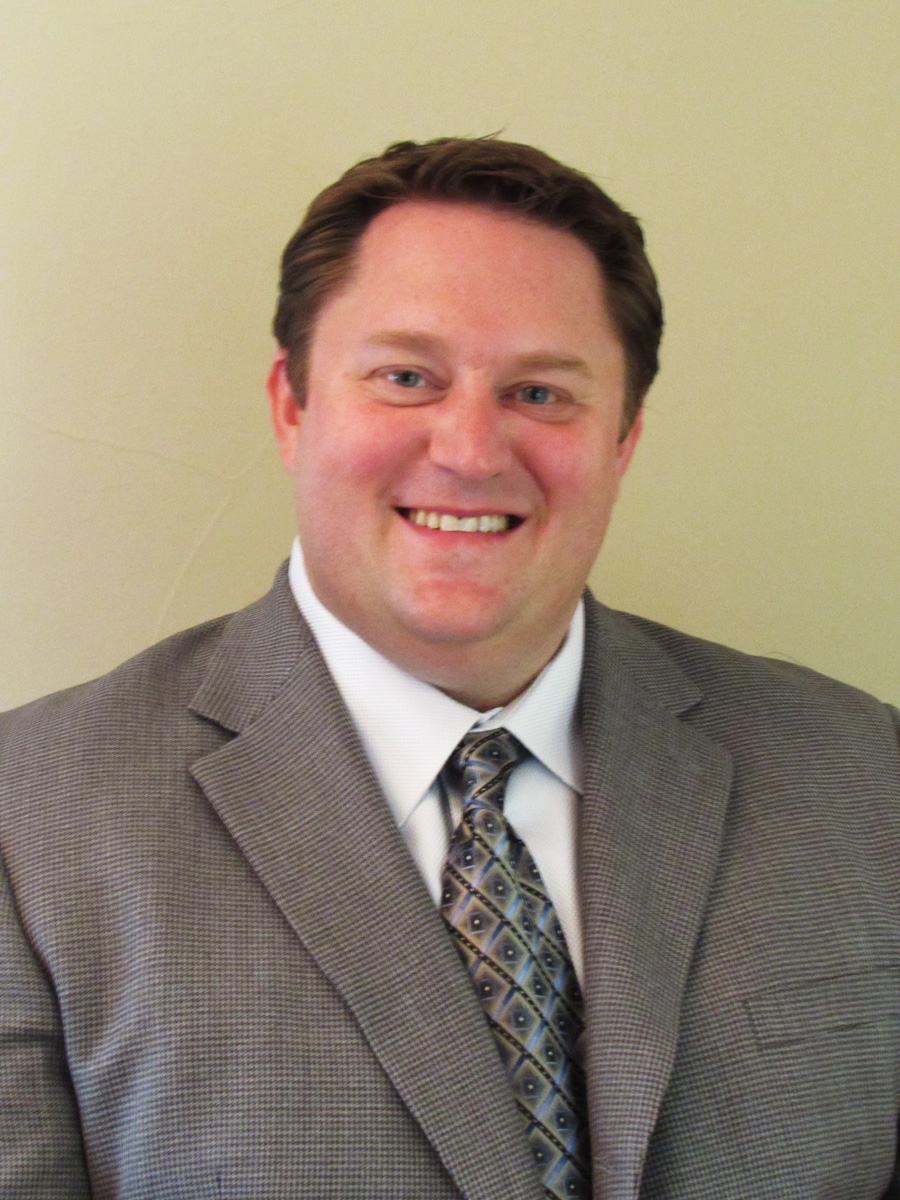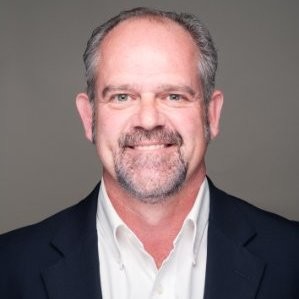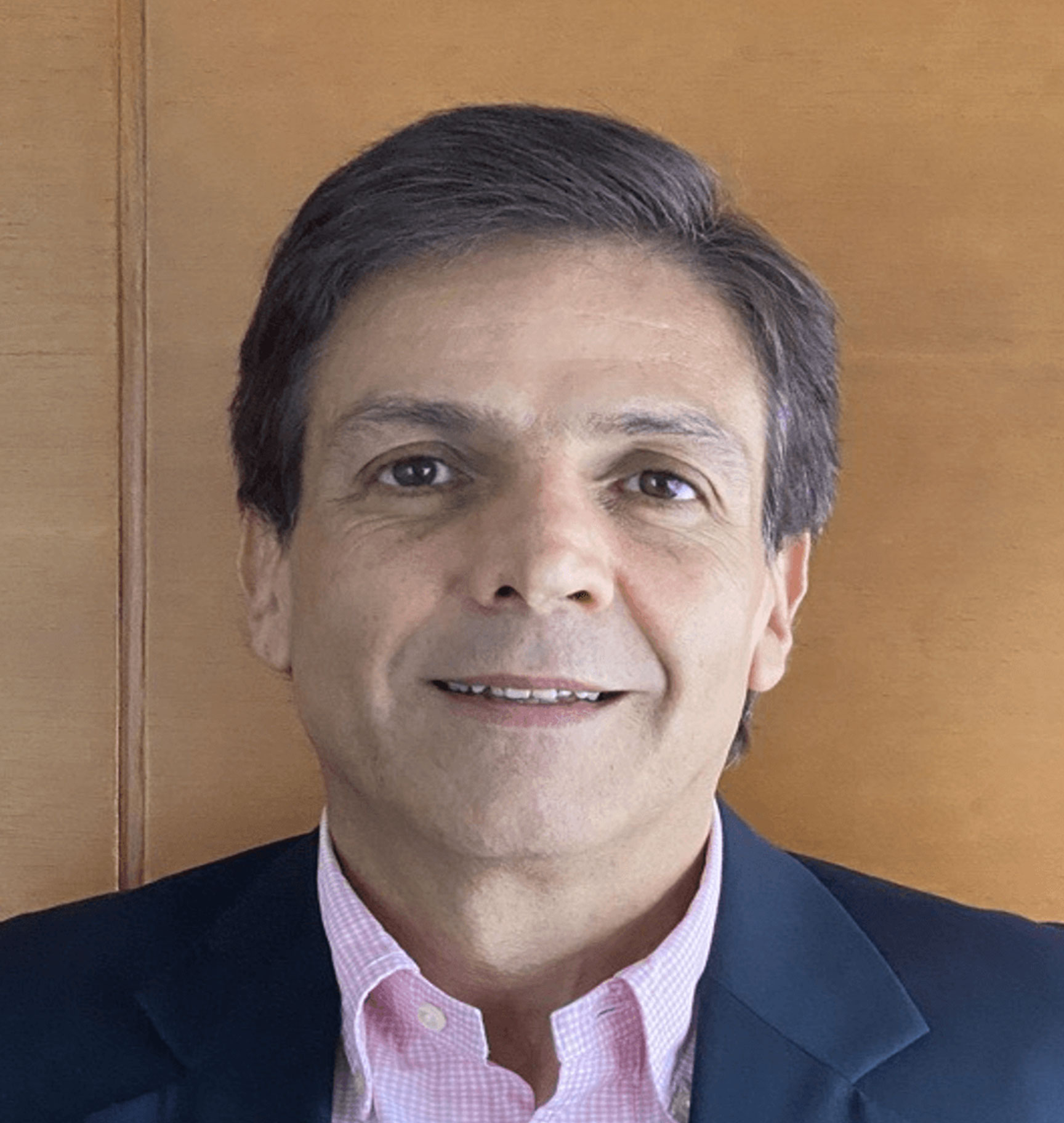Manufacturing Case Study
- Mandatory overtime and weekends due to not meeting production goals and being short staffed led to employee dissatisfaction and high rates of turnover. New employees without experience struggled to run equipment, leading to missed production goals and continuing the cycle of overtime and frustration all over again.
- Poor performance created a culture of needing to run at all costs, encouraging maintenance to use quick fixes. Maintenance also lacked a PM program, which only exacerbated equipment degradation and led to large downtime events.
- Lack of structure in the warehouse led to inventory inaccuracies and missed shipments. Additionally, ineffective planning resulted in overruns of unnecessary products taking up valuable rack space, causing production lines to be shut down at times due to lack of space in the warehouse.
As One Consulting partnered with them to develop an action and recovery plan; focused efforts spread across production, maintenance, warehouse and shipping, planning and scheduling, and human resources, with an overarching management operating system (MOS) to tie everything together. The goal was to break the cycles, teach new ways of operating, and install sustainability measures so they could move forward and continue to improve over time.
Production Workstream
Tools Utilized:
- Centerline
- Changeover Procedures
- Operational SOPs and OPLs
Approach & Results:
- The first improvement initiative was executing a Centerline program on major machine centers on the focus line (Check out Mastering Centerline Excellence – As One Consulting for more detail on Centerlining). Second, changeover documentation was created to reduce changeover times and ensure consistency across shifts and with new employees.
- For the focus line, OEE improved by 31% (from 45% to 59%). Operators experienced fewer micro-stops and large downtime events, spent less time dialing in after changeovers, and operated consistently across shifts.
Maintenance Workstream
Tools Utilized:
- Preventative Maintenance (PM) documentation & scheduling
- Critical spares management
- Bill of Materials (BOMs)
Approach & Results:
- PMs were created, critical spares were identified, parts warehouse was organized, and BOMs were created for production equipment.
- Down days for maintenance activities were built into the production schedule, resulting in planned downtime to perform PM’s and fix issues instead of reacting to breakdowns. After moving away from reactive maintenance, the maintenance manager was able to spend more time managing the team and was not stuck on floor fixing breakdowns.
Warehouse & Shipping Workstream
Tools Utilized:
- Visual management
- Inventory accuracy
- Warehouse accountabilities (RACI) & standard work
Approach & Results:
- The warehouses were manually inventoried to get accurate counts and were then reorganized with visual management (rack labels, maps, etc.). To drive productivity, shift targets were established, and supervisor standard work was created in conjunction with a Warehouse RACI to hold team accountable for targets.
- For sustainability, the warehouses were monitored with weekly Gemba walks to ensure inventory stays accurate and racks are filled properly. One of the biggest impacts was the fact that production was no longer shut down due to lack of warehouse space.
Planning & Scheduling Workstream
Tools Utilized:
- Changeover time identification
- Locked (frozen) schedule and schedule sequencing
- Decreased number and set order of changeovers
Approach: & Results:
- To begin, the team identified changeover times and targets, updating old standards, and utilizing the new standards in planning. A locked schedule was the new expectation, and the production team was held accountable for staying on schedule and only using next logical sequence changes when absolutely necessary to change schedule.
- Clear communication between planning, production, maintenance, and warehouse ensured everyone stays on schedule and got the time / products needed.
Human Resource Workstream
Tools Utilized:
- Major hiring events
- Skills matrix, documented expectations for roles, & performance/skill reviews
- Formalized onboarding & training documentation
Approach & Results:
- Gaps in interview support as well as probationary period flaws of new hires were identified through mapping the recruitment process through orientation. A new supervisor training matrix was created, as well as documented skills and qualification for all positions in the plant. Finally, a plant trainer was hired to be responsible for training new hires.
- Hiring events generated three large orientation classes and plant wide efforts were made to improve retention, bring new hires up to speed, and improve overall morale.
Management Operating System Workstream
Tools Utilized:
- Meeting guides, scorecards, and shift reporting
- Leader standard work, Gemba walks, and shopfloor visual management
- Escalation process, Root Cause Analysis, and problem-solving training
Approach & Results:
- As One installed critical meetings, including a Daily Direction Setting (DDS). Supervisors and managers were given standard work to provide structure to their days, reducing firefighting. The client team was trained on using an escalation process and root cause analysis.
- After coaching, meetings were productive and focused on improving performance. Supervisors used standard work to stay on task and complete the same duties across shifts. Performance was tracked using visual management tools, which allowed for early intervention of problems, instead of going hours or shifts without meeting targets.
Conclusion
For any project to be successful long term, the client needs to be invested in their own success, commit to lasting behavioral changes, stay diligent with accountability, and continue utilizing and improving upon the installed tools. As One places heavy emphasis on installing sustainability measures through an integrated MOS, so that performance improvement is always front of mind and bad habits don’t creep back.









